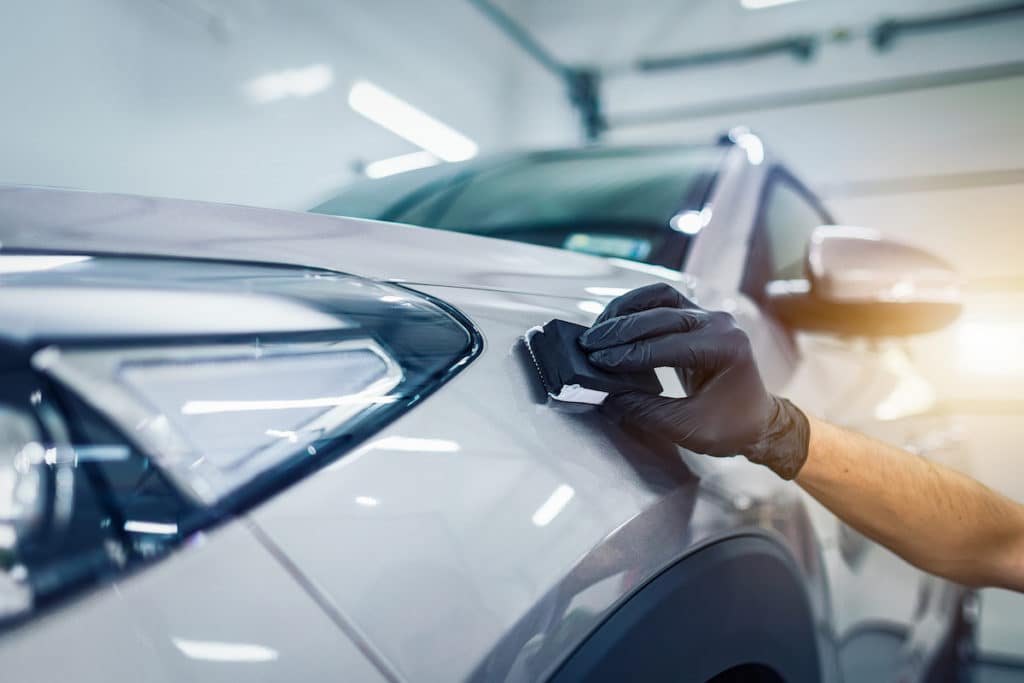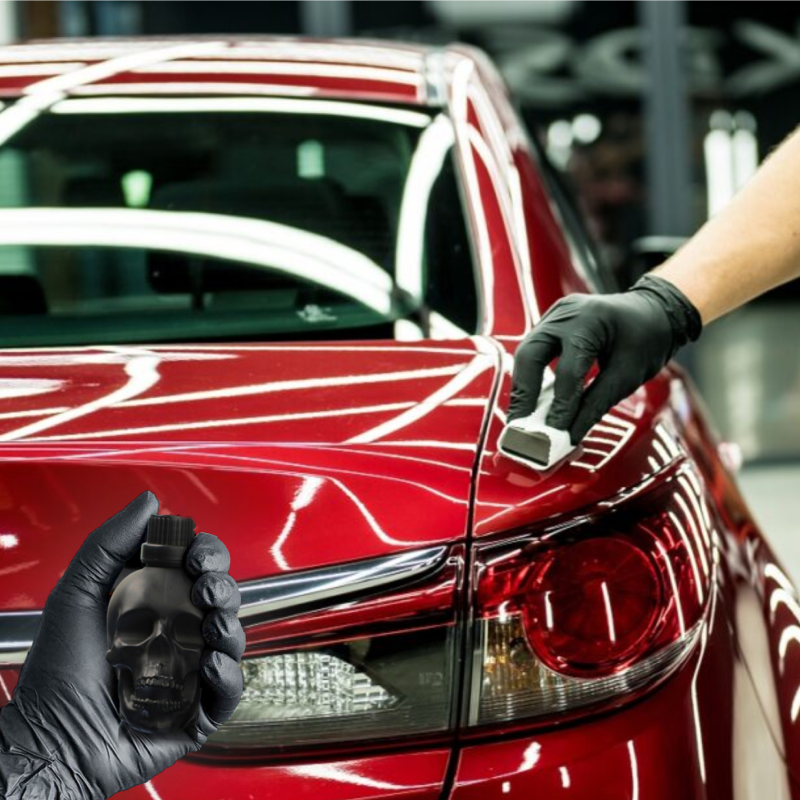Find affordable paint protection film solutions for impact-resistant car care.
Find affordable paint protection film solutions for impact-resistant car care.
Blog Article
A Comprehensive Guide to the Types of Ceramic Finish on the marketplace
Ceramic coverings have actually arised as a pivotal option across different industries because of their one-of-a-kind properties and applications. From silica-based formulas known for their robustness to hybrid alternatives that merge several advantages, the options offered can be overwhelming. Understanding the nuances of each kind, including their certain benefits and ideal use situations, is essential for making notified choices. As we check out the distinct qualities and applications of these coverings, the ramifications for efficiency and durability become increasingly apparent, increasing concerns concerning which type may best fit your needs.
Recognizing Ceramic Coatings
Ceramic finishes are sophisticated protective solutions that have actually obtained popularity in various markets, particularly in automotive and aerospace applications. These coatings contain a fluid polymer that, when healed, creates a sturdy, hydrophobic layer externally of the substratum. This layer offers enhanced resistance to environmental contaminants, UV radiation, and chemical exposure, thus extending the life and aesthetic appeal of the underlying product.
The essential part of ceramic finishings is silica, which adds to their firmness and sturdiness. The application procedure typically entails surface area prep work, application of the layer, and treating, which can be attained with warm or UV light. As soon as treated, ceramic coverings display exceptional bonding residential properties, allowing them to stick strongly to a variety of surface areas, consisting of steels, plastics, and glass.
Along with their safety attributes, ceramic layers additionally offer ease of upkeep. Their hydrophobic nature decreases the adherence of dust and grime, making cleaning simpler and much less regular. In general, the fostering of ceramic layers represents a considerable innovation in surface area security innovation, supplying both practical and visual advantages across multiple industries.
Kinds of Ceramic Coatings
Different sorts of ceramic finishes are available, each developed to satisfy specific performance needs and applications - Car Detailing. One of the most usual kinds include:
Silica-based Coatings: These coverings primarily contain silicon dioxide and are understood for their sturdiness and chemical resistance. They are widely made use of in vehicle and industrial applications.
Titanium Dioxide Coatings: Renowned for their photocatalytic homes, titanium dioxide coatings are frequently used in environments where self-cleaning and antifungal homes are desirable, such as in structure materials and vehicle finishes.
Zirconia Coatings: Identified by their high-temperature stability and thermal resistance, zirconia coverings are utilized in applications such as turbine engines and high-performance vehicle elements.
Alumina Coatings: Displaying superb hardness and thermal security, alumina finishes are regularly made use of in wear-resistant applications, consisting of reducing devices and commercial machinery. - Car Detailing
Hybrid Coatings: Incorporating the buildings of go to these guys numerous materials, crossbreed layers supply enhanced efficiency attributes, making them suitable for one-of-a-kind and demanding applications.
Each type of ceramic coating serves unique purposes, permitting individuals to select the most ideal service based upon specific ecological conditions and efficiency requirements.
Benefits of Ceramic Coatings
Ceramic coverings, in specific, deal numerous advantages that make them increasingly preferred among manufacturers and customers alike. These layers are resistant to scrapes, chemicals, and UV rays, guaranteeing that the underlying surface continues to be protected over time.
In addition to durability, ceramic finishes offer excellent hydrophobic properties, enabling for very easy cleansing and maintenance. This water-repellent nature reduces the adherence of dirt, gunk, and other impurities, which can lengthen the visual appeal and capability of the surface area. Ceramic coverings can substantially enhance thermal resistance, making them suitable for applications that withstand high temperature levels.

Application Process
When applying ceramic coverings, a precise method is important to accomplish ideal outcomes. A clean surface area guarantees appropriate attachment of the covering.
When the surface area is prepped, the next step is to apply the ceramic finishing. This can be done using an applicator pad or a microfiber fabric, making sure also insurance coverage. It is crucial to function in tiny areas to preserve control and avoid early curing. The covering must be used in site slim layers, as thicker applications can bring about uneven coatings.
After application, the layer calls for a particular healing time, generally varying from a few hours to a complete day, depending on the item. Adhering to these steps carefully will maximize the efficiency and durability of the ceramic finishing, giving a long lasting protective layer for the surface area.
Upkeep and Long Life
To ensure the longevity and performance of a ceramic layer, regular upkeep is important. Ceramic coatings, known for their longevity and safety high qualities, call for specific care regimens to maximize their lifespan and performance.
Along with regular cleaning, routine inspections are crucial. Seek signs of wear or visit this website damage, such as hydrophobic homes lessening or surface area imperfections. If required, a light polish might be put on invigorate the finish without removing it away.
Additionally, the application of a booster spray can boost the layer's hydrophobic results and restore its gloss. This is specifically valuable for coverings that have remained in use for an extended duration. Eventually, by adhering to these upkeep practices, one can significantly extend the life of a ceramic finishing, making sure that it remains to provide ideal defense versus ecological factors and keep the aesthetic charm of the car.
Final thought

Report this page